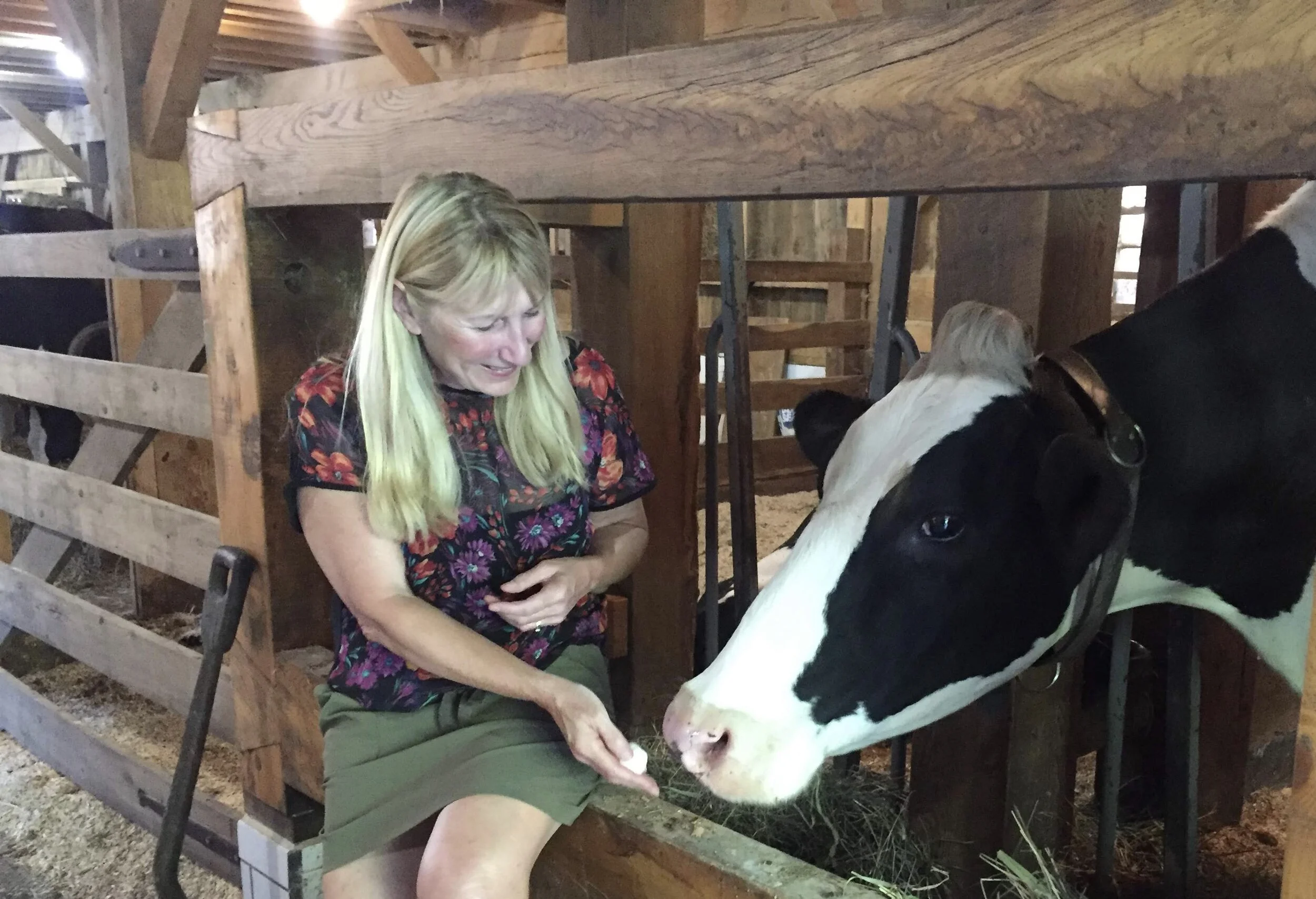I started the journey into the study of canine hearing and the responses to sound in 1994. My first research was looking up information in veterinary medical books to learn about the effects of sound on the canine ear. To my surprise, there was no information on behavioral responses to sound but solely on ear structure. My curiosity grew stronger and inspired me towards finding out more about canine hearing. It became clear to me that this was an overlooked area of canine and feline life.
I wrote to world leaders in the study of animal hearing such as H.E. Hefner and R.S. Hefner at the University of Toledo Laboratory of Animal Comparative Hearing asking them for copies of their research. I received these papers which showed hearing ranges of animals from chickens to bats in decibels and frequencies. Over three years, I began formulating a concept. I focused on canine and feline hearing ranges first as these are the most common companion animals. By acknowledging that dog and cat hyper-vigilant behavior is triggered by high and low ranges for survival, I thought surely this is occurring behaviorally in our homes. Are pet behaviors being triggered by sound and overlooked because these agitating sounds are not being heard by humans? What can be provided for pets to help them feel calm?
The concept soon solidified in my mind. By eliminating these alert levels in our pet's environment, the result should elicit calm. Relating this to my dogs and cats who demonstrated their soothing as I practiced for performances, I saw music as the answer. As a recording artist in my studio, I was adept at manipulating sound modifying decibel and frequency content. This was the beginning of my journey.
In 1997, I invented species-specific music which is music designed for the hearing comfort range of dogs, cats, horses and birds to help balance behaviors. Since then, proven clinical studies, published research, awards and thousands of products sold globally have been a solution for separation anxiety and noise phobias for pet parents, veterinarians and shelters disbursed through my corporation, Pet Acoustics.
In 2020, I’m continuing animal hearing research in collaboration with veterinary research institutes around the world, most recently in the agricultural field for pigs and cows. Janet Marlow, Founder of Pet Acoustics.





























